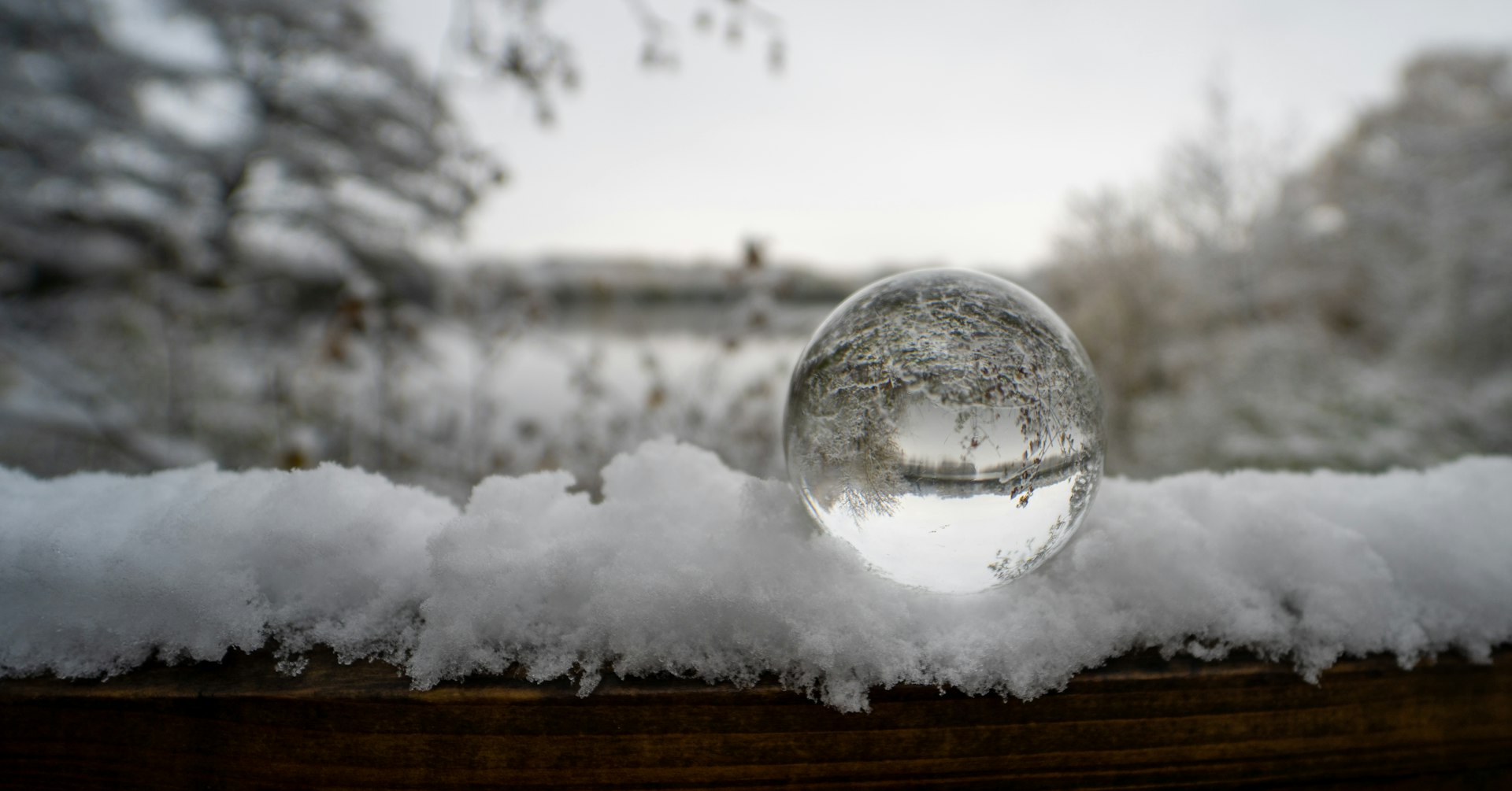Accurately Measure Your Ring Size at Home: Step-by-Step DIY Methods and Expert Tips

Photo by charlesdeluvio on Unsplash
Introduction
Finding the right ring size is crucial for both comfort and style. Whether you’re shopping for yourself or planning a surprise for someone special, an accurate measurement ensures your ring fits perfectly. Many people believe you must visit a jeweler for this, but with a few simple tools and trusted techniques, you can measure your ring size at home confidently and accurately. This comprehensive guide details proven do-it-yourself (DIY) methods, practical tips, and common pitfalls to help you achieve the best result.
Why Accurate Ring Sizing Matters
A ring that’s too tight can be uncomfortable and difficult to remove, while one that’s too loose may slip off and get lost. Proper sizing is especially important when ordering rings online, as returns or resizing can be time-consuming and costly. DIY measurement methods offer a convenient and cost-effective alternative to in-store sizing, empowering you to shop with confidence from the comfort of home [1] .
Essential Tools for At-Home Ring Sizing
You don’t need specialized equipment to measure your ring size at home. Most methods require only a few common household items:
- A thin strip of paper or non-stretch string
- Scissors
- A ruler (preferably with millimeter markings for precision)
- A pen or fine-tip marker
Alternatively, printable ring sizer charts and affordable plastic ring sizer tools are available from reputable online retailers. These tools can further improve accuracy, especially if you plan to measure multiple times or compare sizes [2] .
Step-by-Step DIY Methods
1. The String or Paper Strip Method
This classic approach is reliable and easy to perform. Follow these steps:
- Cut a strip of paper about 0.25 inches (6 mm) wide and 6 inches (150 mm) long, or use a piece of non-stretch string of similar length [3] .
- Wrap the strip gently around the base of the finger you intend to size. Avoid pulling too tightly or leaving it too loose-aim for a comfortable fit that can slide over your knuckle.
- Mark the point where the strip or string overlaps with itself.
- Lay the strip flat and use a ruler to measure the length between the end and your mark in millimeters.
- Refer to a trusted ring size conversion chart to match your measurement to a standard ring size. Many reputable jewelers offer downloadable sizing charts; ensure you print them at 100% scale for accuracy [2] .
This method provides a straightforward solution for most people. For best results, take the measurement at the end of the day, when your fingers are at their largest, and repeat the process two or three times for consistency.
2. Printable Ring Sizer Guides
If you have access to a printer, you can use a printable ring sizer and conversion chart from a trustworthy jeweler. These charts typically include instructions for cutting out a paper sizer that wraps around your finger and displays your size directly. Be sure to set your printer to 100% scaling (no resizing) and use standard paper for best results [2] .
Printable guides also often include circles corresponding to different ring sizes. If you already own a ring that fits well, you can lay it over the printed circles to determine its size by matching the inner diameter to the chart. This is especially useful for surprise gifts, as you can discreetly borrow a ring for measurement [1] .
3. Plastic or Metal Ring Sizer Tools
For even greater accuracy, consider purchasing an inexpensive plastic or metal ring sizer. These tools are widely available from reputable jewelers and online marketplaces, often costing less than a cup of coffee. They work much like a belt: you insert your finger and read the size directly from the tool. This method eliminates much of the guesswork and is ideal for those who plan on purchasing several rings or want a reusable solution [1] .
Tips for Precise Measurement
Achieving an accurate measurement at home is simple if you keep these guidelines in mind:
- Measure your finger at room temperature, as cold can shrink and heat can expand your fingers.
- Take measurements at the end of the day, when your fingers are most likely to be swollen to their largest size.
- Measure the finger on which the ring will be worn; dominant hands may have slightly larger fingers.
- If your knuckle is much larger than the base of your finger, measure both and choose a size in between to ensure the ring fits over your knuckle but isn’t too loose at the base.
- If in doubt between sizes, it’s generally safer to go up a half size rather than down.
Repeating the measurement several times and averaging your results can help catch inconsistencies caused by measurement technique or finger swelling [4] .
Common Mistakes and How to Avoid Them
Even with clear instructions, certain pitfalls can affect your DIY ring measurement:
- Using stretchy materials : Avoid elastic string or ribbon, as these can produce inaccurate readings.
- Measuring too tightly or loosely : The strip or string should be snug but not constricting, allowing for easy movement over the knuckle.
- Printing sizing charts incorrectly : Always check your printer settings and use the correct paper size to ensure chart accuracy.
- Ignoring ring width : Wider rings typically require a slightly larger size for comfort. Consider sizing up a quarter to half size for wide band rings.
Addressing these issues will help you avoid frustration and ensure your new ring fits just right [4] .
Alternative Approaches and Professional Help
While DIY methods are effective for most, some situations warrant professional assistance. If you are unsure about your results, have unique sizing needs, or want the highest possible accuracy for an expensive or custom ring, consider visiting a local jeweler. Many offer free in-person sizing with specialized tools. Additionally, some online jewelers provide free ring sizer kits that they can mail to you upon request [2] .
For those without access to a printer, you can use a well-fitting ring as a reference. Place it over a ruler and measure its internal diameter in millimeters, then compare this number to standard size charts. Alternatively, many local jewelry stores will help you measure your ring size without requiring a purchase.
Case Studies and Real-World Examples
Thousands of shoppers successfully use at-home sizing methods every day. For example, one customer planning a surprise engagement used the string method to measure a partner’s finger while they slept, then cross-referenced the measurement with an online chart. The resulting ring fit perfectly, illustrating how even simple DIY approaches can yield excellent results when performed carefully [1] .
Another example involves individuals measuring their own size for online ring purchases. By using both the paper strip and printable chart methods and repeating measurements at different times of day, users can compare results for greater confidence. Most online jewelers accept returns or exchanges for incorrect sizing, but accurate measurement at home often eliminates the need for these extra steps.

Photo by Haneen Krimly on Unsplash
Accessing Additional Resources
If you want to deepen your understanding or need extra help, many reputable jewelers offer free educational content and downloadable sizing charts on their official websites. When searching online, use terms like “official ring size chart” or “downloadable ring sizer.” For video demonstrations, platforms such as YouTube feature expert walkthroughs from established jewelry professionals-be sure to review the creator’s credentials and check viewer feedback for quality assurance [3] .
If you require a physical ring sizer, you can purchase one from well-known jewelry retailers or online marketplaces. Always review seller ratings and product reviews to ensure authenticity. Should you need professional assistance, consider contacting local jewelry stores directly or searching for “jewelry store ring sizing near me” for in-person appointments.
Summary and Key Takeaways
Measuring your ring size at home is straightforward, cost-effective, and accessible for most people. By following established DIY methods-using a paper strip, string, or printable chart-and applying best practices for accuracy, you can obtain a reliable ring size for yourself or someone else. Double-checking your measurements and using reputable resources reduces the risk of error and increases confidence when shopping for jewelry online or in person. Should you need further assistance, local jewelers and official jewelry retailer websites offer additional support and guidance.



